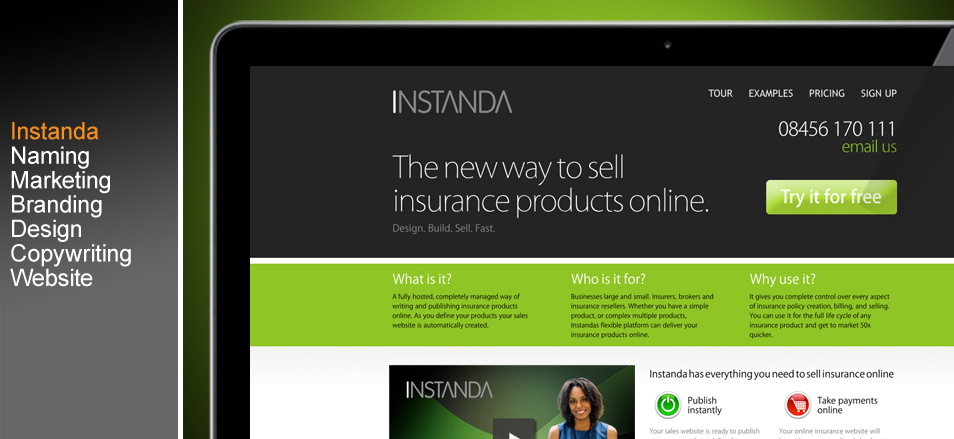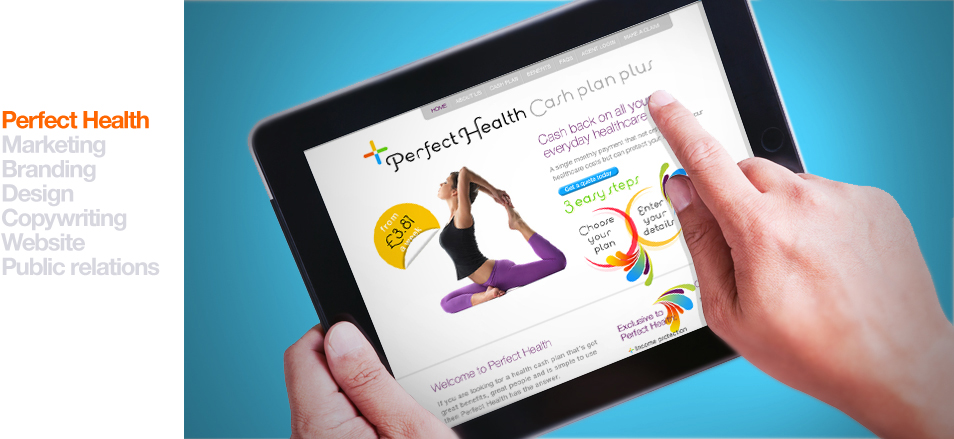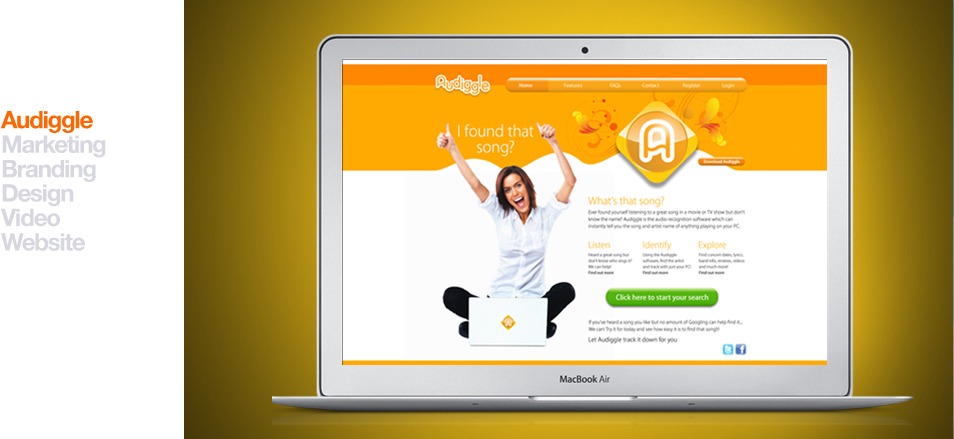Website design and development process
Peek of Cambridge's 6 steps to successful website development
Our web development process is based on Prince 2 methodology to ensure that we are all working effectively and efficiently to build the website. This methodology gives clear start, middle and end to the project. Key milestones and sign-offs. Definition and scope and responsibilities. Every website we build has a dedicated Project Manager to take care of you.
The core elements in this process are:
1. Information gathering
2. Scoping & planning
3. Design
4. Development
5. Testing and Delivery
6. Maintenance
Gathering the information and preparing a proposal
This first step is the most important one which involves gaining a good understanding of your business goals and ambitions are and how the web can be utilised to help you achieve those goals. The output of this is a statement of needs written by our web developers that can be used as the basis of our proposal.
Considerations include:
What is the purpose of the site? Do you want to provide information, promote a service, sell a product… ?
What do you hope to accomplish by building this website? Two of the more common goals are either to make money or share information.
Is there a specific group of people that will help you reach your goals? It is helpful to picture the “ideal” person you want to visit your website. Consider their age, sex or interests – this will later help determine the best design style for your site.
What kind of information will the target audience be looking for on your site? Are they looking for specific information, a particular product or service, online ordering…?
Clear website requirements - scoping the project & planning
Using the information gathered it is time to put together a detailed scope for your web site. This is the point where the architecture is defined, the functionality identified and which technologies to use to deploy the site are agreed. We also mark out the key milestones and responsibilities for the project to ensure that everyone understands their role and the project stays on track.
Design
Drawing from the information gathered up to this point, it’s time to determine the look and feel of your site and support your current brand identity online. We'll create a concept for the visual design of the site as well as schematics for any database work required. Target audience is one of the key factors taken into consideration. A site aimed at young people, for example, will look much different than one meant for managing directors of SME's. We'll be working closely with you exchanging ideas until we arrive at the final design for your website.
Website development
The developmental stage is the point where the website itself is created. At this time we will take all of the individual graphic elements from the visuals and use them to create the actual, functional site.
This is typically done by first developing the home page, followed by a “shell” for the interior pages. The shell serves as a template for the content pages of your site, as it contains the main navigational structure for the web site. Once the shell has been created we can take your content and populate the site.
Elements such as interactive contact forms, flash animations or e-commerce shopping carts are implemented and made functional during this phase, as well.
During this time your in-progress website is available to you for viewing so that you can suggest any additional changes you would like to have done.
Testing and delivery
At this point we will attend to the final details and test your website. We will test things such as the complete functionality of forms or other scripts, as well as testing for last minute compatibility issues (viewing differences between different web browsers), ensuring that your web site is optimised to be viewed properly in the most recent browser versions.
Once you give us your final approval, it is time to deliver the site. We'll upload the website to your live web server and the project is complete.
Maintenance
The development of your web site is not necessarily over though. One way to bring repeat visitors to your site is to offer new content or products on a regular basis. We would be more than happy to continue working together with you, to update the information on your web site. We offer maintenance packages at reduced rates, based on how often you anticipate making changes or additions to your website.
If you prefer to be more hands on, and update your own content, we could use a Content Management System that can be implemented to your website. This is something that would have been decided during the scoping stage. A web site driven by a CMS gives you the ability to edit the content areas of the web site yourself. You are given access to a back-end administrative area, where you can use an online text editor (similar to a mini version of Microsoft Word). You’ll be able to edit existing content this way, or if you are feeling more adventurous, you can even add new pages and content yourself.
Other maintenance type items include SEO (Search Engine Optimisation) and SEM (Search Engine Marketing). This is the optimisation of your web site with elements such as titles and descriptions which help your web site achieve higher rankings in the search engines. Again, this is something that would have been decided upon during the scoping stage, but requires regular review and amendment to consistently achieve good organic rankings.
The bottom line
Our web developers work closely with you every step of the way ensuring that we are creating a successful website that will help your business succeed.
Request a quote for your website development project:
Talk to Steve Creamer or Sarah-Jane White to discuss how Peek can help you find an answer that's right for your business on 01223 900 121.








